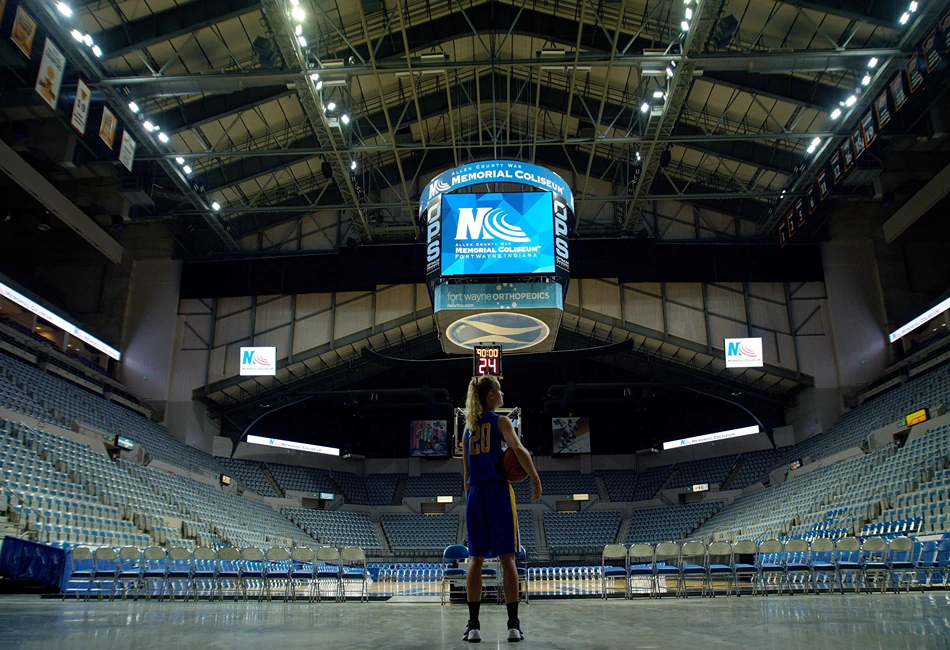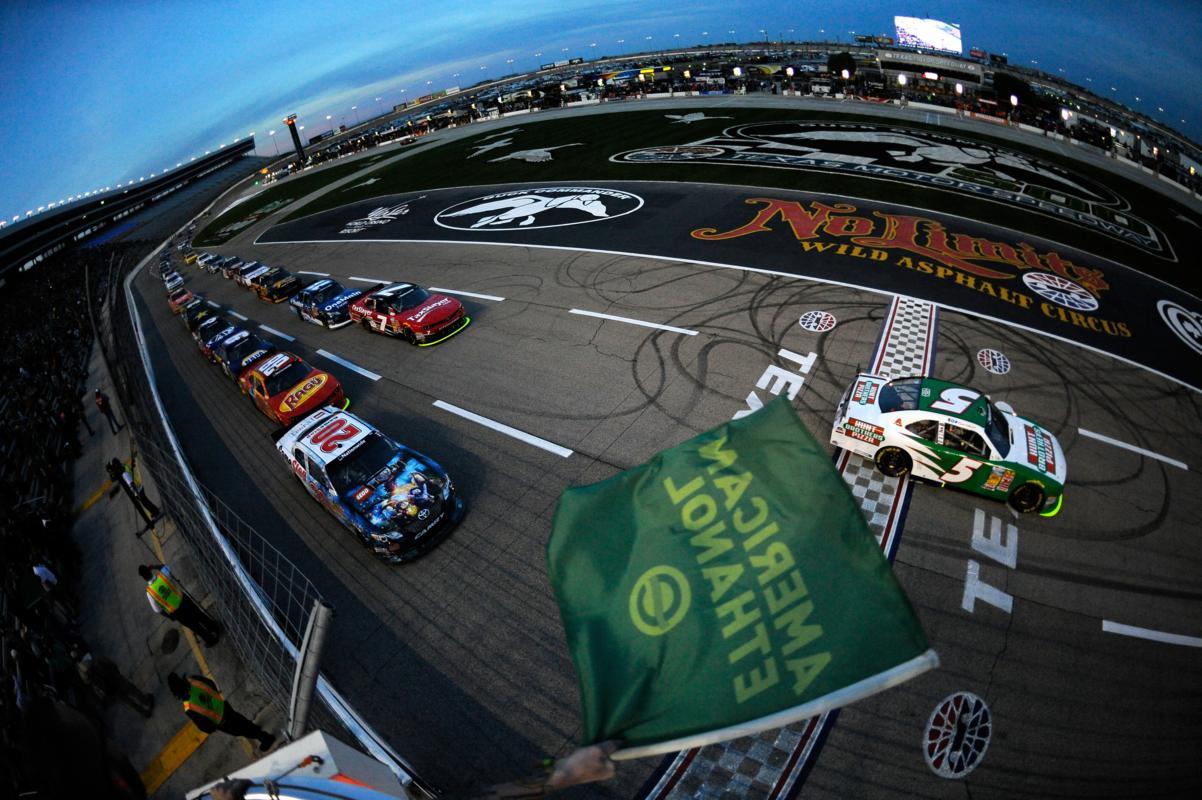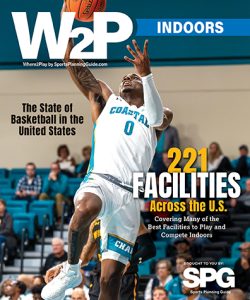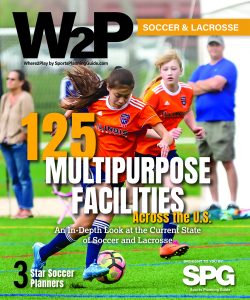Basketball continues to be one of the most popular sports in the U.S.
Basketball’s popularity in the United States is a testament to its universal appeal across all age groups and levels of competition. From youth programs to the grand stage of professional leagues like the NBA, basketball continues to captivate audiences and participants alike, solidifying its position as one of the nation’s most beloved sports.
At the youth level, basketball serves as a gateway to athleticism, camaraderie and personal growth. Recent statistics reported by the Sports & Fitness Industry Association (SFIA) note that there are around 28.1 million Americans who play basketball from the age of six and up, with the second closest sport being baseball at 15.5 million participants. The accessibility of basketball courts in schools and communities, paired with the sport’s relatively low equipment requirements, makes it a popular choice for athletes all over the world.
For more updates on sports and facilities, be sure to Download our Where2Play Indoors Facility Guide for FREE and Subscribe to Sports Planning Guide for FREE and get even more tips, news and information for sports tourism.
“Basketball [participation] continues to increase in the Lubbock area both on the youth, high school and collegiate level,” said Eric Launer, sales manager for Lubbock Sports. “There are around 30 to 40 youth tournaments per year in the area, including the Little Dribber National tournament, which was held earlier this month in Levelland—15 miles west of Lubbock. Last year, over 120 teams competed in 12 gyms across the city [during] the week between Christmas and New Year’s.”
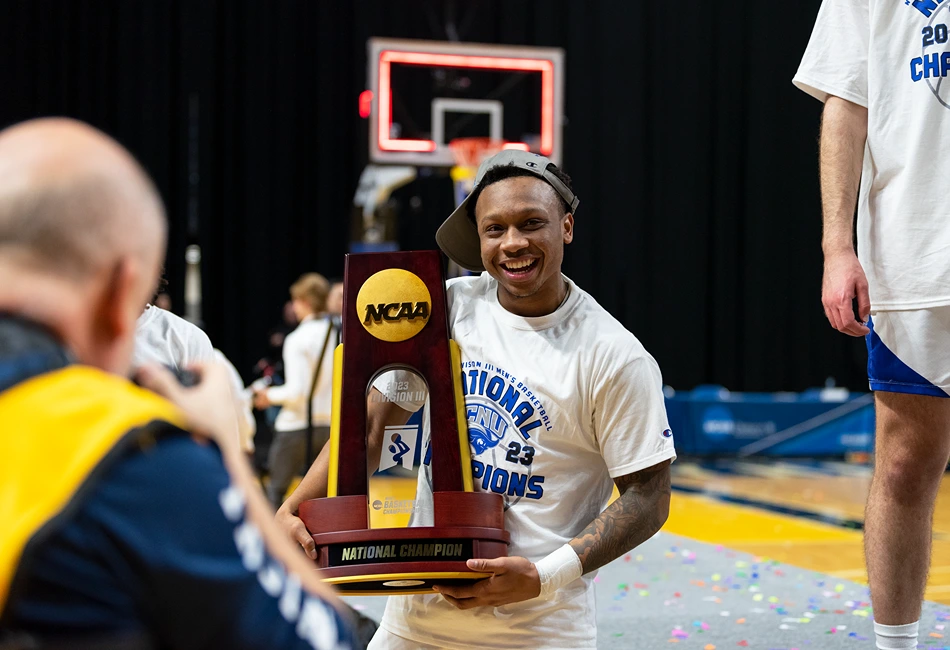
In high schools across the country, basketball commands a dominant presence both on and off the court. Even though high school basketball participation numbers dipped slightly in 2022, basketball remains the #1 sport in terms of the number of high schools that sponsor basketball teams in the United States among girls and boys, according to the National Federation of State High School Associations (NFHS).
The continued growth and popularity of basketball in the U.S. can be credited to a combination of factors, including its fast-paced gameplay, electrifying athleticism and the star power of basketball icons such as Stephen Curry, LeBron James, Luka Doncic and, most recently, Caitlin Clark. As the sport evolves and adapts to changing trends, one thing remains certain, basketball’s appeal will continue to unite communities, inspire future generations and entertain the people of the United States and all over the world for years to come.
Youth women’s basketball is declining while the WNBA and college are flourishing
With youth women’s basketball participation numbers slowly declining since 2003, there was no better time for stars like Caitlin Clark, Angel Reese and Cameron Brink to come to light. Women’s basketball has lost about 19% of its players over the last two decades, according to NFHS. Meanwhile, sports including volleyball, track and field and soccer are beginning to get more participants at the youth level among women.
Read about Tournament-Ready Basketball Facilities in Illinois
It’s well known that the WNBA and college basketball in the United States has been on the rise with stars bringing a new dynamic to the game. When it comes to collegiate athletics, women’s basketball has outperformed the men’s side. According to Nielsen, 10 million viewers tuned into the 2023 women’s NCAA National Championship between LSU and Iowa, which was up 103% from the previous year. Most recently, a record number of 2.45 million people tuned into the 2024 WNBA Draft, shattering the previous 2004 record of 601,000 viewers.
With the WNBA and NCAA women’s basketball being as popular as it is, youth participation hopes to follow in a similar trend.
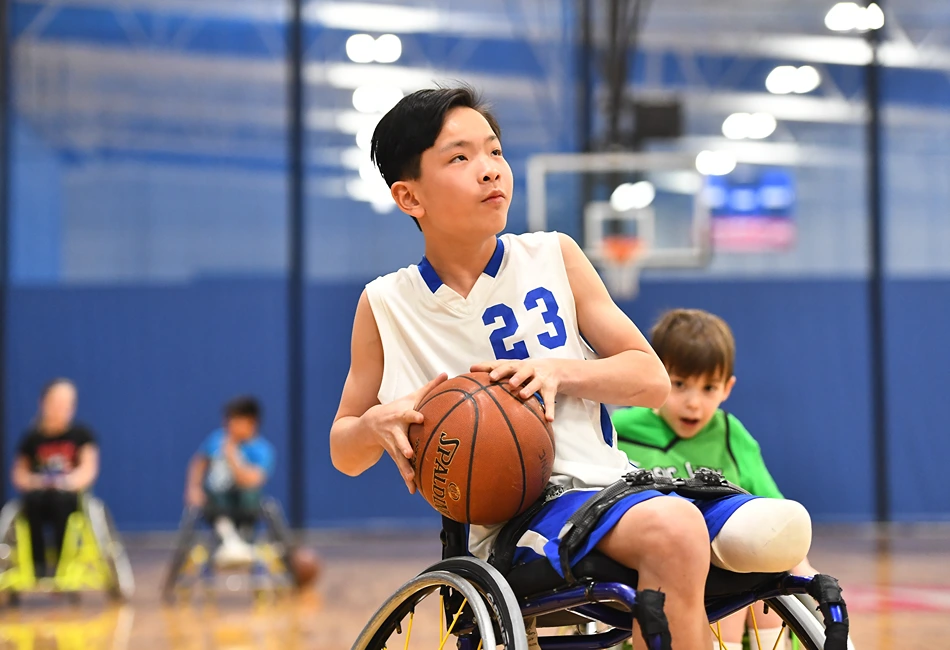
Problems that basketball is facing
In the United States, the accessibility of basketball courts has become a growing concern, particularly in urban areas. With increasing population density and limited space, finding suitable courts for players to practice and compete has become a challenge. Many existing courts are not up to standard, lacking proper maintenance and facilities which discourages participation and affects skill development for many players.
“We could always use more courts,” said Emily Hill, marketing manager for Visit Fort Wayne. “As basketball tournaments grow and organizations expand, Fort Wayne is planning to grow with them to keep up with the demand for more simultaneous games on more courts throughout the city.”
Additionally, the demand for court time often exceeds availability, leading to scheduling conflicts and limited opportunities for organized play. Addressing the shortage of basketball courts requires investment in infrastructure and community partnerships, and to repurpose existing spaces for recreational use.
“Running out of courts [is a big problem], right now a number of our tournaments are capped due to gym availability,” said Launer. “We have a couple of great multi-court facilities as well as a ton of high school courts but could for sure use more.”
By prioritizing the development and maintenance of courts, communities can make sure that basketball remains accessible to players of all ages, encouraging a love for the game and promoting healthy lifestyles.
For more updates on sports and facilities, be sure to Download our Where2Play Indoors Facility Guide for FREE and Subscribe to Sports Planning Guide for FREE and get even more tips, news and information for sports tourism.
By Reid Solberg

